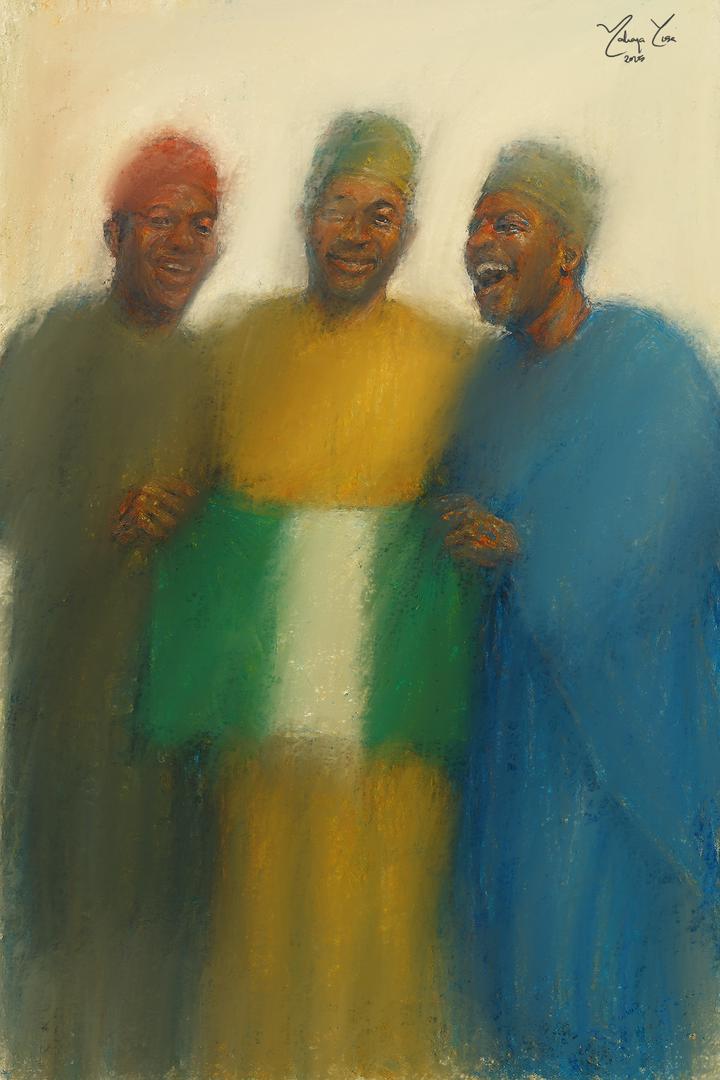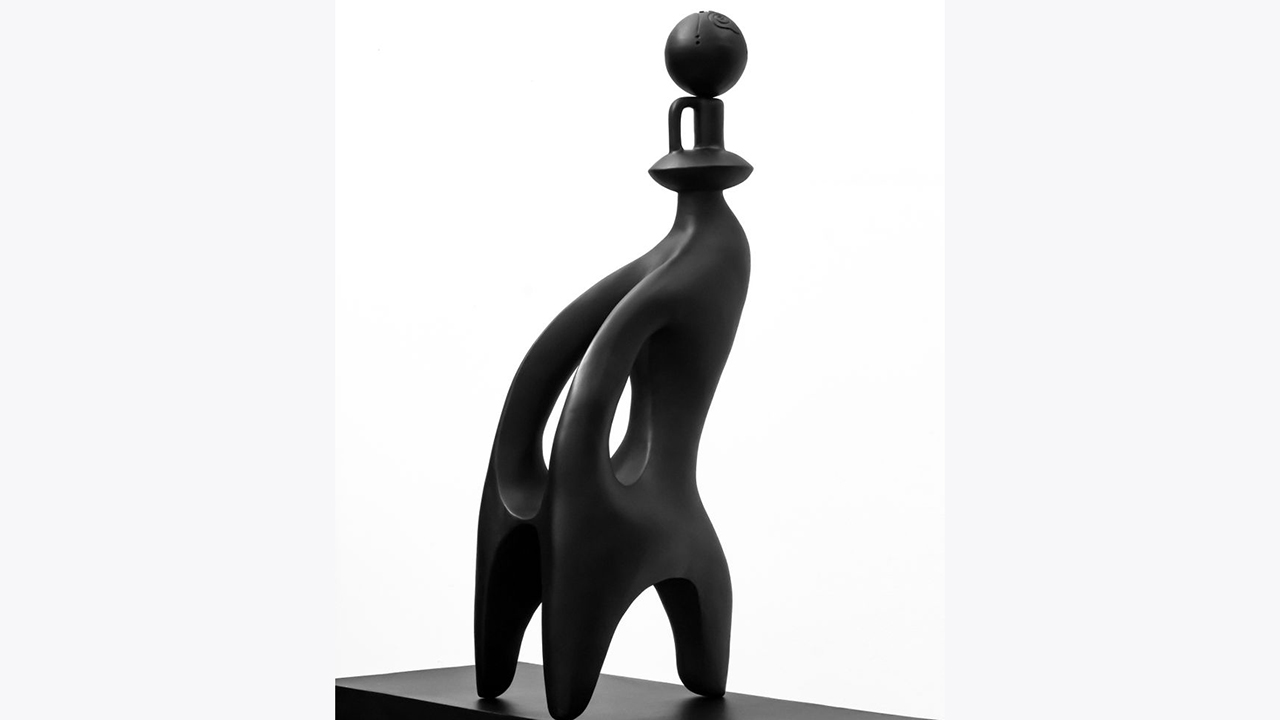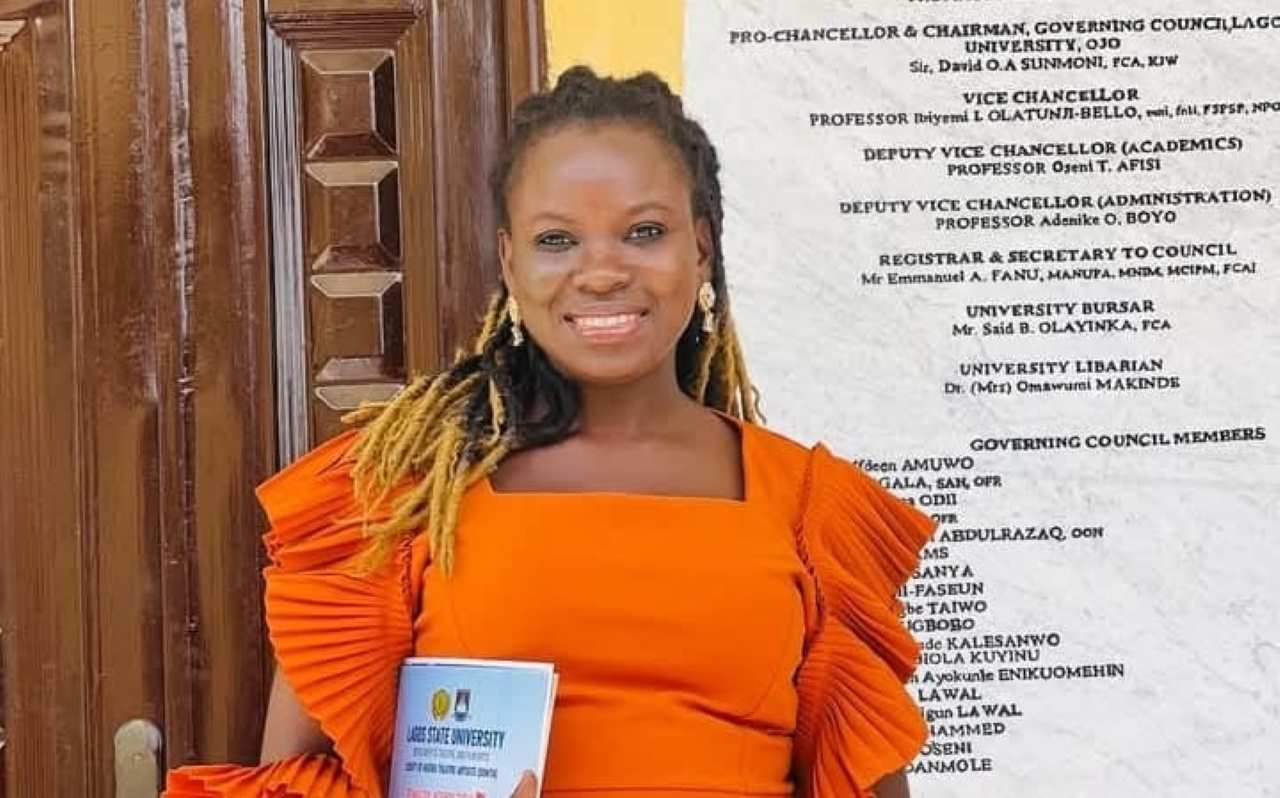In Wazobia vs The Rest, Yahaya Yisa offers a quietly powerful meditation on identity, inclusion, and the layered politics of representation in Nigeria. At first glance, the painting radiates warmth and solidarity. Three figures, draped in red, yellow, and blue tones, stand together holding the Nigerian flag. Their smiles, gestures, and intertwined presence evoke familiarity and fraternity. Yet beneath this surface harmony lies a subtle unease, a question that unsettles the very foundation of what Wazobia represents.
The term “Wazobia,” a fusion of the Hausa, Yoruba, and Igbo words for “come,” has long stood as a symbol of national unity. But Yisa’s composition probes the limits of this ideal. The three men, though bound by a shared symbol, are suspended in a hazy field of colour and texture that hints at absence as much as presence. The rest of Nigeria, the hundreds of tribes and identities not captured in this triumvirate, are conspicuously missing, their invisibility amplified by the painting’s soft, dissolving edges.
Yisa’s painterly approach heightens this tension. His use of blurred boundaries and muted blending resists definition, as though the image itself were fading under the weight of its own symbolism. The figures seem to emerge from and disappear into the canvas simultaneously, a metaphor perhaps for how the idea of unity can both include and erase. His colour palette is nationalistic yet introspective. The green white green flag at the centre anchors the work in patriotism, while the primary hues of the figures speak to individuality within collective identity.
Conceptually, Wazobia vs The Rest operates as both homage and critique. It acknowledges the beauty of the Wazobia vision, unity through shared culture, while exposing its inherent exclusions. Yisa’s decision to depict only the “big three” tribes in human form is deliberate. Their elevation becomes both literal and symbolic. The viewer is drawn to their central placement but also left to wonder who stands beyond the frame. Whose stories remain untold?
In the context of Nigeria’s evolving sociopolitical discourse, Yisa’s work feels timely and courageous. It transcends mere commentary to engage with a deeper philosophical inquiry. Can a nation truly be united when its idea of unity privileges only a few? The painting does not seek to answer this question but to hold space for it, inviting reflection rather than resolution.
What makes Wazobia vs The Rest especially compelling is its emotional ambiguity. It neither condemns nor celebrates without restraint. Instead, it occupies the grey area where pride meets discomfort, where love for one’s nation coexists with the recognition of its fractures. In this balance, Yisa’s work achieves its greatest strength. It reminds viewers that unity, like art, is not static but constantly negotiated.
Ultimately, Wazobia vs The Rest stands as a mirror to the Nigerian identity — layered, complex, beautiful, and contested. Yisa transforms a familiar national narrative into a visual inquiry about belonging, recognition, and the silent weight of exclusion. The result is a piece that lingers long after the first glance, as both a celebration of cultural kinship and a quiet challenge to redefine what unity truly means.






